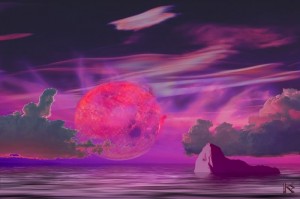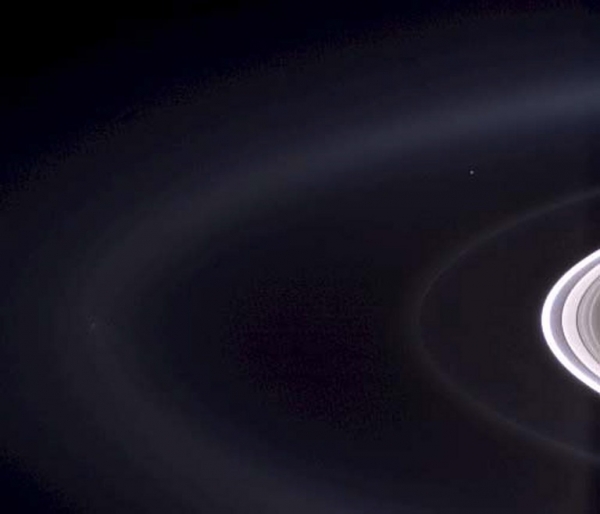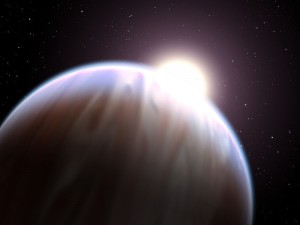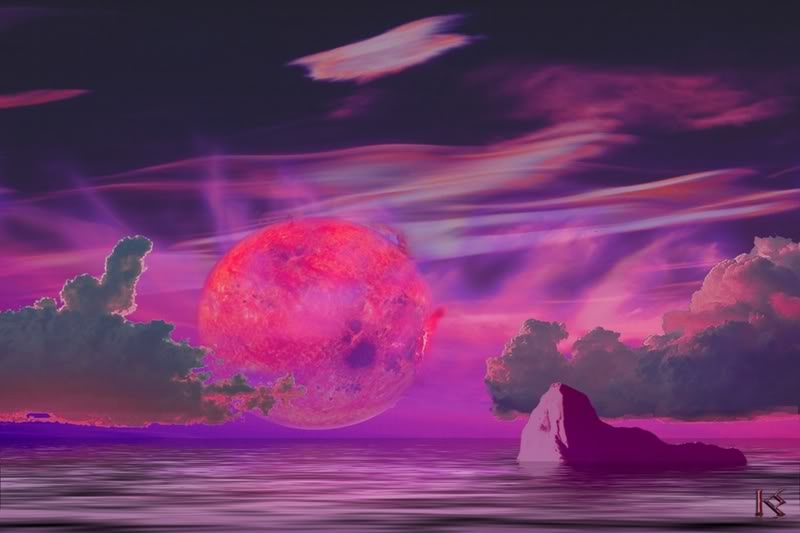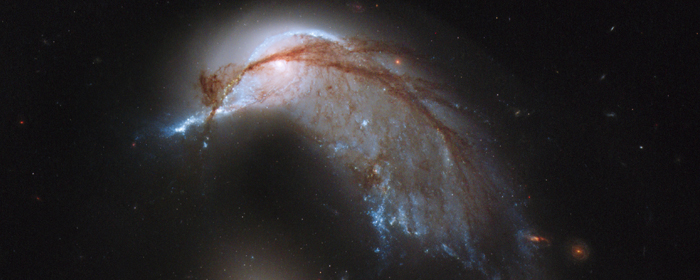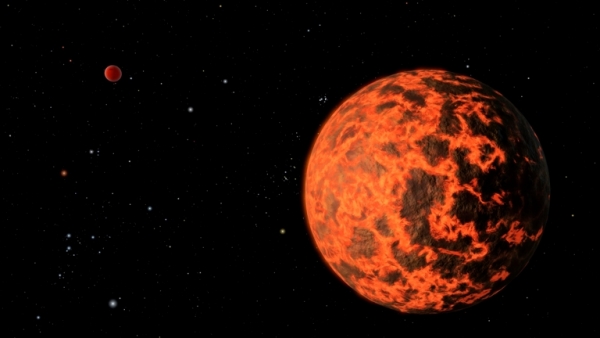
C/2012 S1 as captured by Hubble Space Telescope on 10–11 April 2013
Call it premature disintegration? A cometary astronomer has identified signs in the spectra of Comet ISON that are consistent with a poorly understood process of rapid disintegration. A new webpage has been established here to track this dramatic event should it unfold. We’ll know in the next few weeks: [Read more…]

